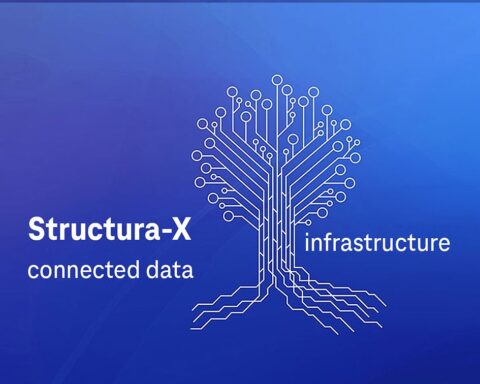AMERICAN STOCK NEWS – To do this, the partners are combining GFT’s Digital Twin platform “sphinx open online” with edge computing from T-Systems and artificial intelligence from the cloud. Errors in production are detected up to 300 percent faster.
Smart factories generate increasingly large volumes of data. Based on the analysis of this data, manufacturers can adapt and optimize processes. With predictive maintenance, they prevent expensive unplanned downtime in production. In order for companies to evaluate this data in real time, they usually need high network capacities between the production hall and the central data center.
There, they are evaluated and the results are fed back into production. The integrated solution from T-Systems and GFT based on edge computing and IIoT offers new possible uses for smart production.
New uses for smart production
In the IIoT solution from GFT and T-Systems, sensors record status data locally and in real time at the individual plants. The data is sent in parallel, but not time-critically, over smaller bandwidths to a central data center or via 5G networks to the cloud. Due to the significantly lower bandwidth, data transfer costs are reduced by up to 70 percent.
The solution analyzes the data collected at the edge. It identifies optimization potential using artificial intelligence (AI).
“Previously, manufacturers had to tie together several services, software and hardware themselves into a complete solution. Thanks to our partnership with GFT, they now get the whole package from a single source,” says Frank Strecker, responsible for T-Systems’ public cloud business.
“Edge computing from us, data collection, digital twin and AI analysis from GFT – that’s how we can connect the shop floor with the data center. We also offer our own public and private cloud service. Or the customer can opt for the public cloud of our partners AWS, Microsoft Azure or Google.”
Optimization of business processes and models
With “sphinx open online”, companies monitor their plants and also control them completely automatically. For example, they receive information about operating status, such as temperatures or pressure, but also resource consumption or the current output. For this purpose, data from all relevant sources is transferred into a common model (“model in the middle” principle). In sphinx open online, digital twins are created from this data. These virtual images control plants automatically.
The digital twins can also be used to create very far-reaching simulations. Users can rebuild entire plants and manufacturing processes and check the effects without having to physically touch a single machine. The simulations reveal optimization potential. When compared with defined parameters and rules, these optimizations can be implemented automatically.
For example, in order to adjust processes in a targeted manner or to plan necessary maintenance windows more precisely. Manual intervention is no longer necessary, because all measures are fed back to the industrial plant and applied in real time.
“The manufacturing industry is under enormous cost pressure. This is precisely where our partnership with T-Systems comes in. With our innovative smart factory solutions, we support our customers in driving their digitization forward in a competitive manner.
Thanks to digital twins, they can reduce their costs and optimize their business processes without delay. Data security, efficiency and speed are top priorities,” says Jens-Thorsten Rauer, Group Chief Executive – Central & Western Europe at GFT.”






